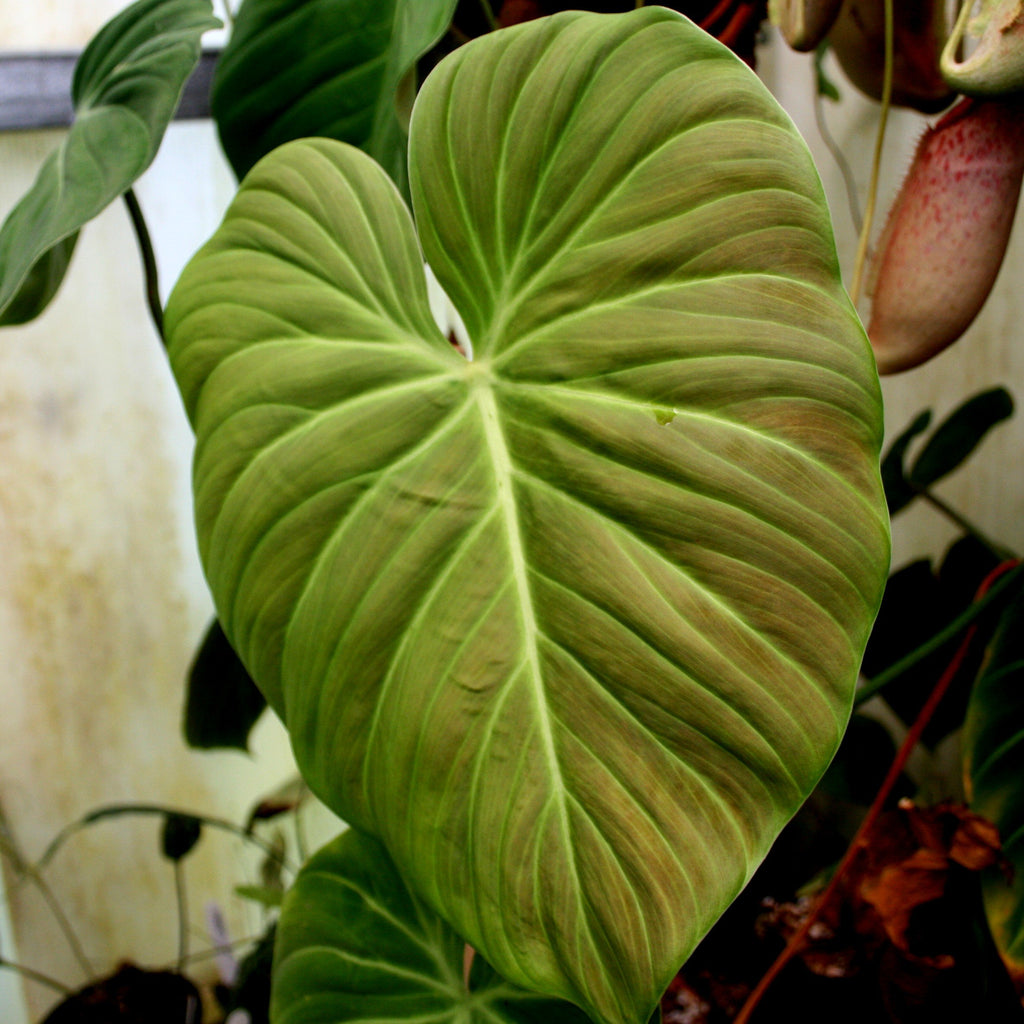
The Philodendron el Choco red mature is an attractive plant that can add color and interest to any home or garden. The flowers are white or greenish-white and borne on long, slender stalks. They are dark green with burgundy or red undersides. The leaves are large, glossy, and heart-shaped with rippled margins. It is an evergreen climber that can reach up to 6 meters in length. The Philodendron el Choco red is a tropical plant that is native to Colombia. What Does Philodendron El Choco Red Look Like?
EL CHOCO PLANT HOW TO
In this article, we will discuss the care requirements for this plant, as well as tips on how to grow a healthy and vibrant specimen. In order to get the best results with this plant, it’s important to provide the right care and environment. It is a fast-growing plant that will mature to a height of around 6 feet tall. But it wasn’t until 1660 that the Yumbo culture disappeared after the eruption of the Pichincha Volcano which left a thick layer of ash over Tulipe and the surrounding area.Philodendron Bernardopazii- Care, Propagation, Problems & Solution Like many South American tribes, the Yumbo fell ill from diseases like smallpox and the population was heavily decimated in the first two decades after European colonization. The Yumbo built a lasting culture on the rich, volcanic mountainsides of the Pichincha Volcano, using their skills as farmers and merchants to become indispensable to neighboring tribes. Many archaeological sites of the Yumbo culture can be found in the area. The population is also engaged in agriculture, particularly the planting of fruit and vegetables, especially the cultivation of sugar cane in Pacto and Nanegal fish farming, breeding of trout and tilapia and livestock. Main economic activities include retail trade and industrial manufacturing. The area has a population of approximately 880,000 inhabitants. These include the spectacled bear (Tremarctos ornatus), Ecuadorian mantled howler (Alouatta palliata aequatorialis), pacarana (Dinomys branickii), olinguito (Bassaricyon neblina) as well as endemic species such as the Choco toucan (Ramphastos brevis), Pichincha rocket frog (Hyloxalus toachi) and speckle-faced parrot (Pionus tumultuosus). The region is considered a biodiversity hotspot gathering some 270 species of mammals, 210 reptiles, 200 birds species and 130 amphibians. Around 10,000 species of plants have been reported, of which about 2,500 are endemic. Natural fragmentation of the western moist forests has resulted in rapid evolution of new endemic species. The region encompasses two critical ecoregions: the humid moist forest of the Chocó - Darien, which extend from Panama to the Ecuadorian West, and the Northern Andean Mountain Forests. The Choco Andino de Pichincha area extends from the outer foothills of the western cordillera of the Andes to its inner foothills.

IIEP - International Institute for Educational Planning.UNEVOC - International Centre for Technical and Vocational Education and Training.Education for Sustainable Development Network.


International Coalition of Inclusive and Sustainable Cities – ICCAR.Intergovernmental Oceanographic Commission.Advancing the 2030 Sustainable Development Agenda.


 0 kommentar(er)
0 kommentar(er)
